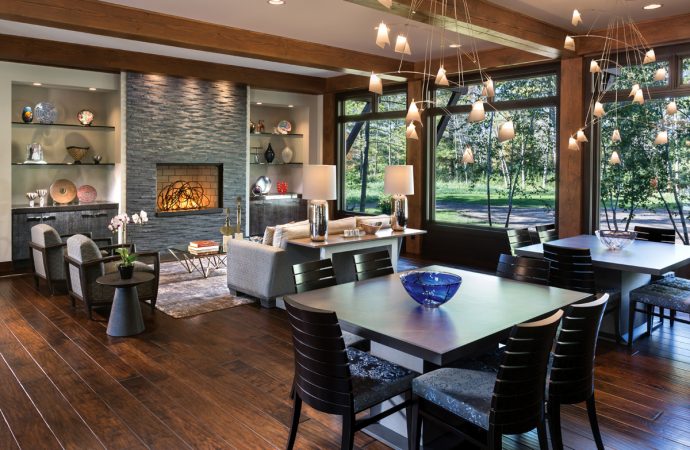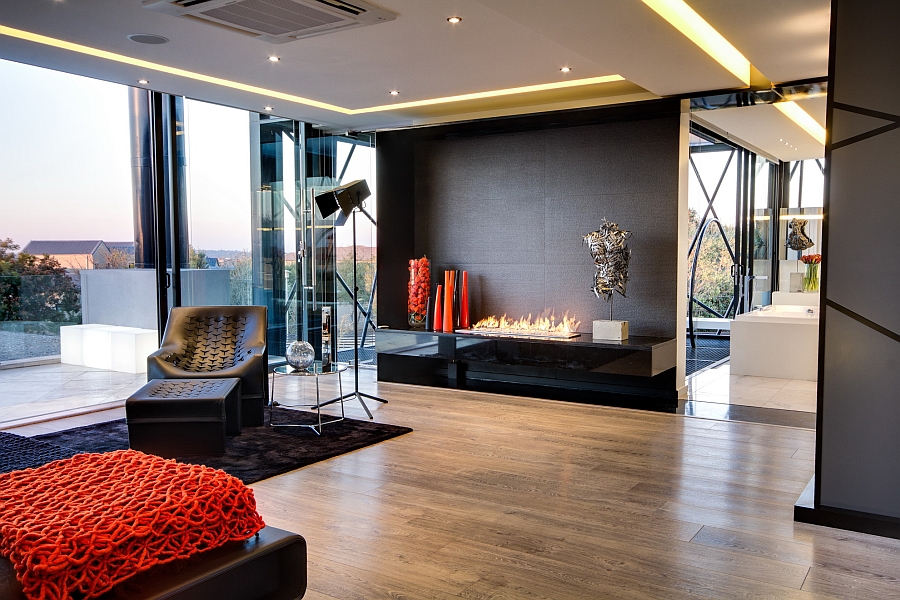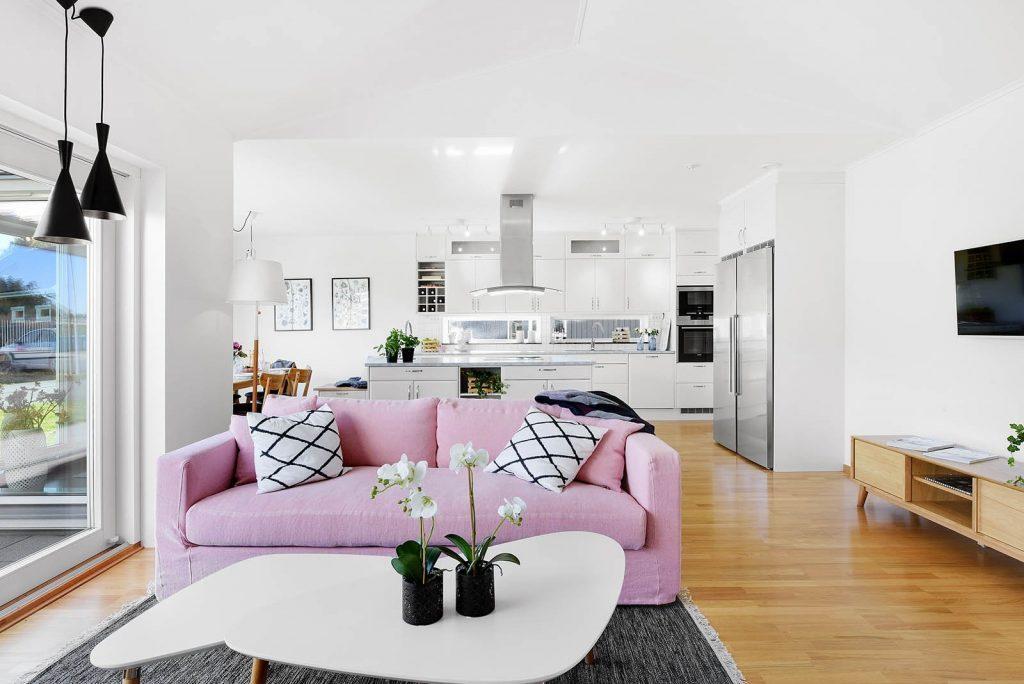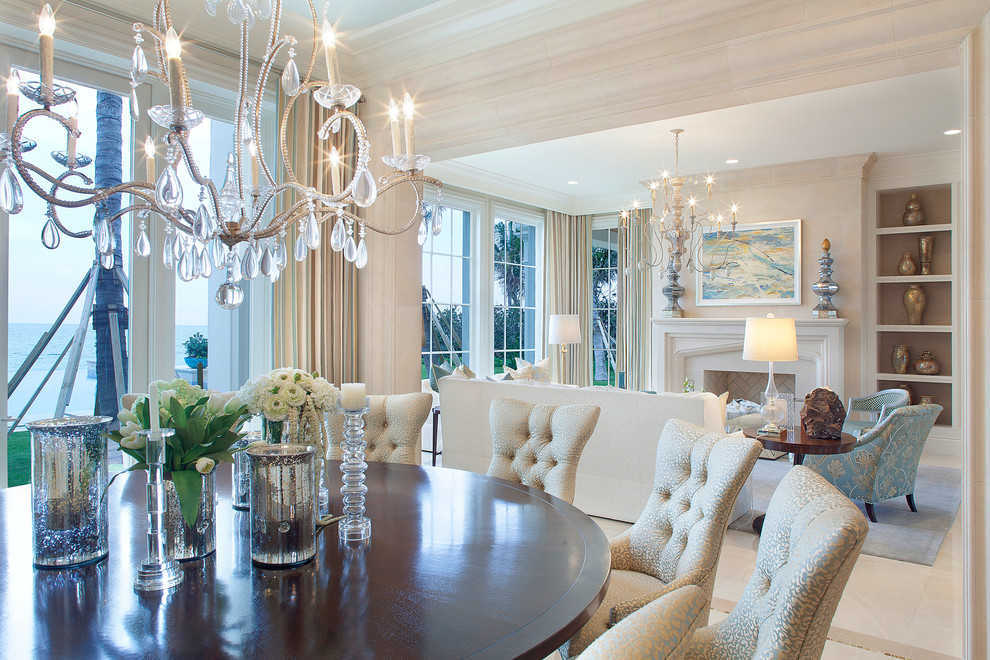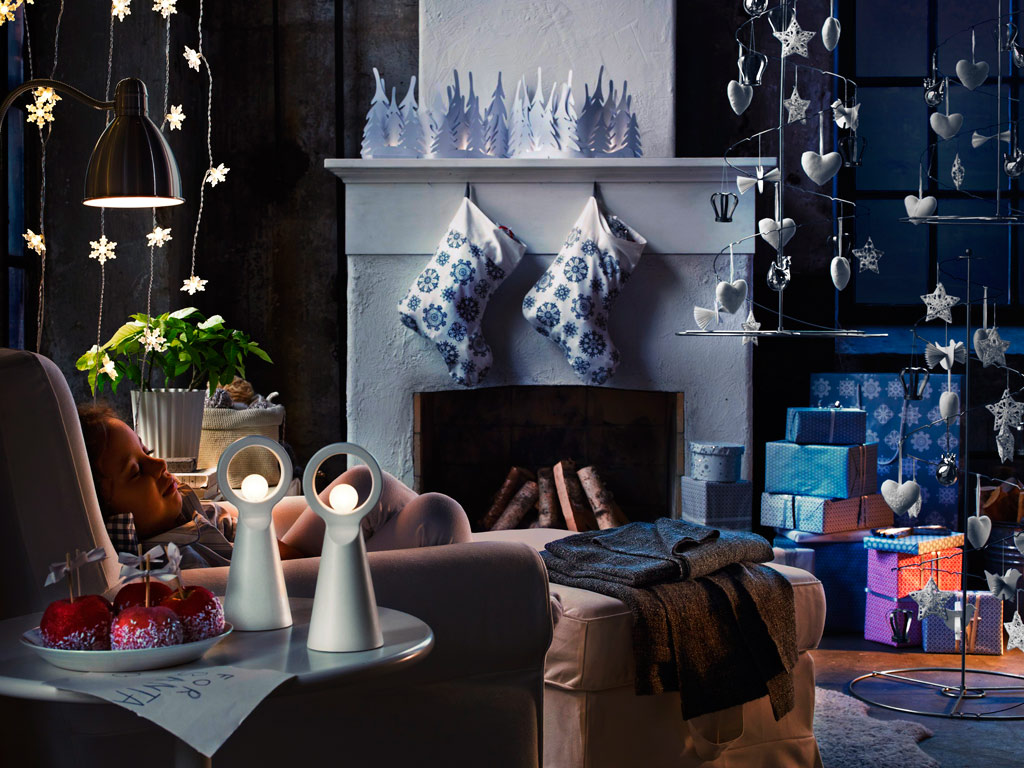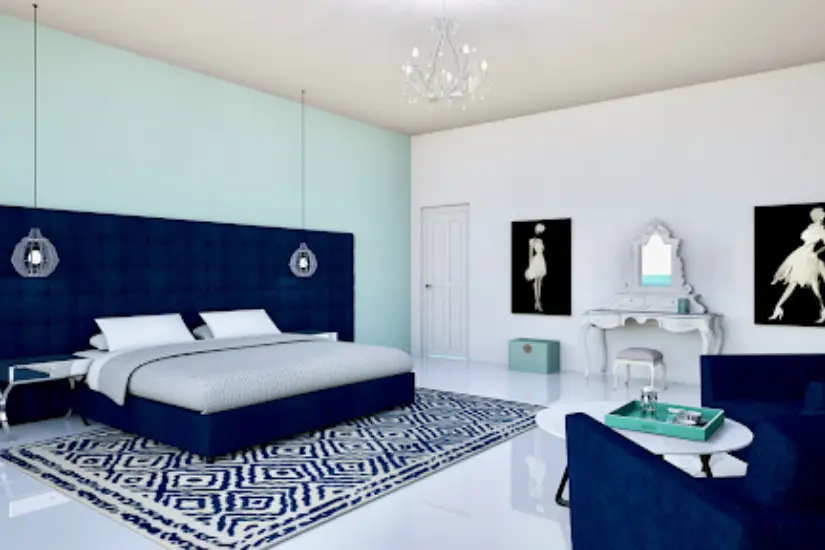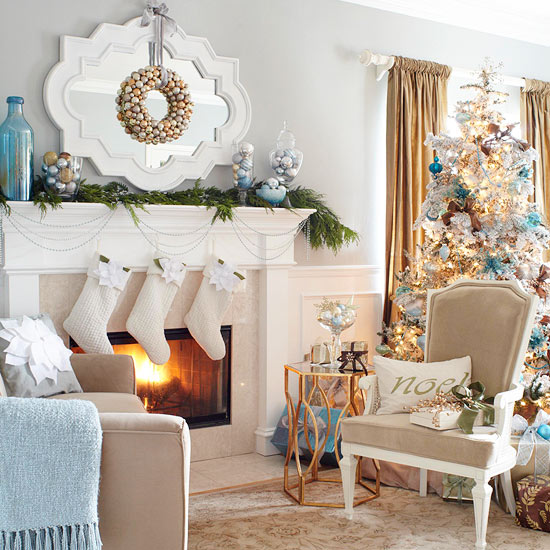Sculptural elements are everywhere in interior design. They are in the gentle sloping curve of the sofa, in the sharp lines of the coffee table, or along the edge of a doorway. In some homes, however, sculptural elements are more pronounced and they give a space character, drama and interest. Let’s explore the various sculptural elements in interior design and how they impact a space.
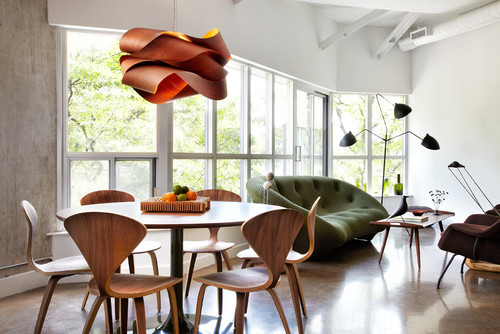
The shape that a piece of furniture takes, or even the trim, can lend much to a room and how the space evolves. Rounded shapes and curves contrast rigid lines and sharp points to create movement and give a space interest.
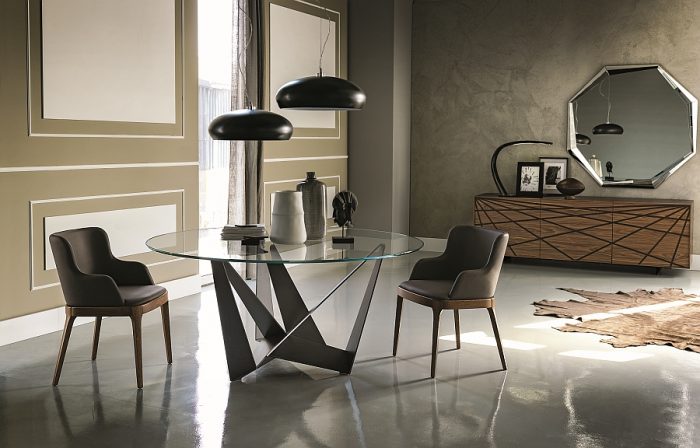
The soft curves of seating and the legs of a table create a sculptural quality in the home.
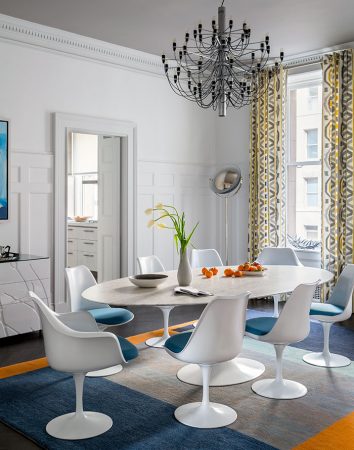
Adding soft edges and rounded shapes to a space with a dominant linear aesthetic reduces the severity and makes the space inviting.
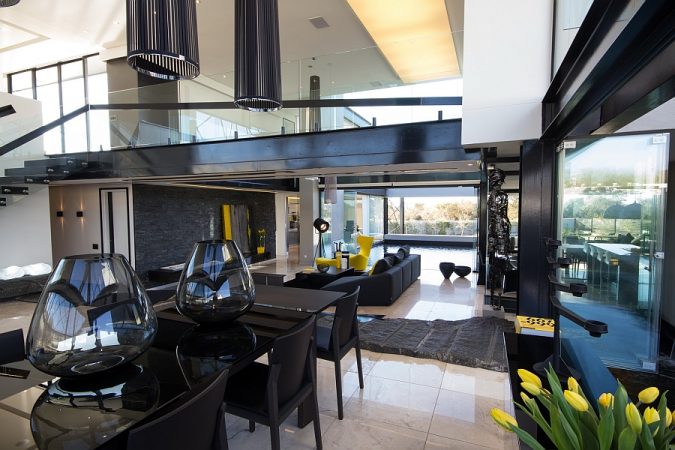
Some furniture is functional art, standing alone as a sculptural piece.
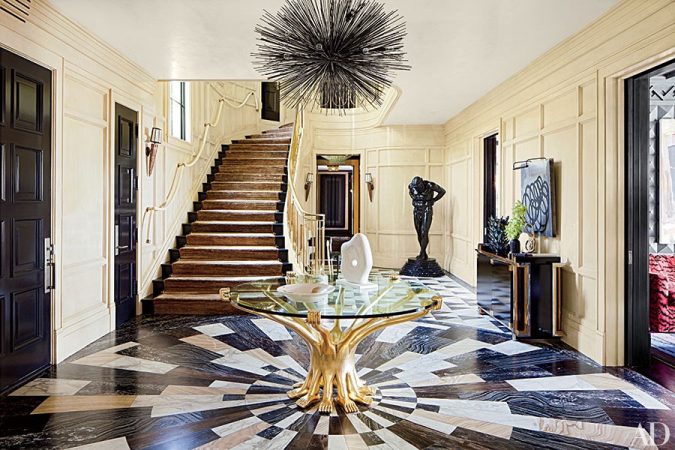
Each piece in these interiors has sculptural impact. The structured squares of the table contrast with the soft curves of the chairs. The wave of the console table creates a rhythmic pattern that is pleasing to the eye.
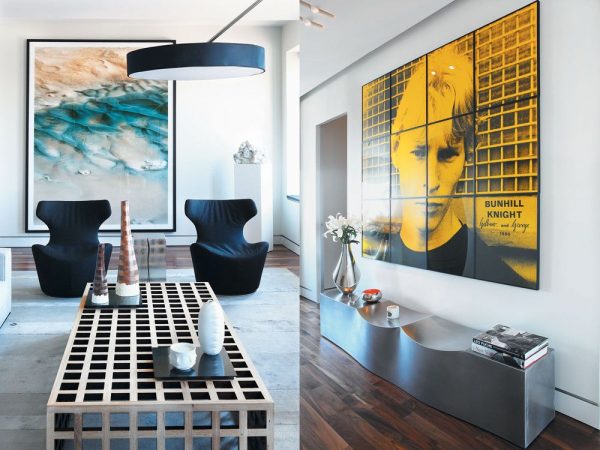
The wall panel is a sculptural element, as is the light fixture above the table. The antler chair is a piece of functional art that makes a statement with its sculptural quality.
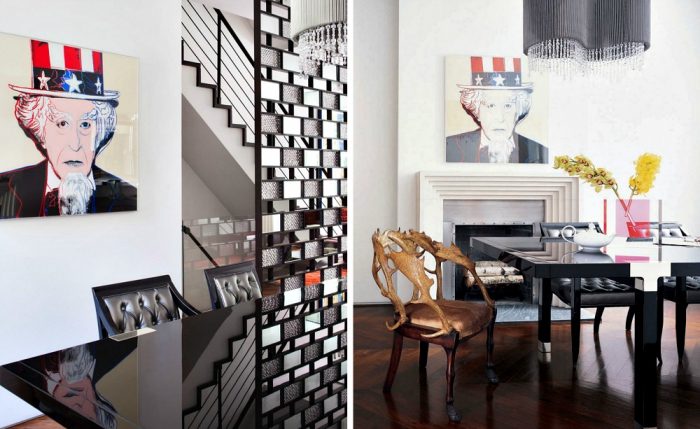
Sometimes it only takes just one object, such as a light fixture, to add an element of sculpture to a room. A unique light fixture can also balance other pieces and create a rhythm throughout the room.
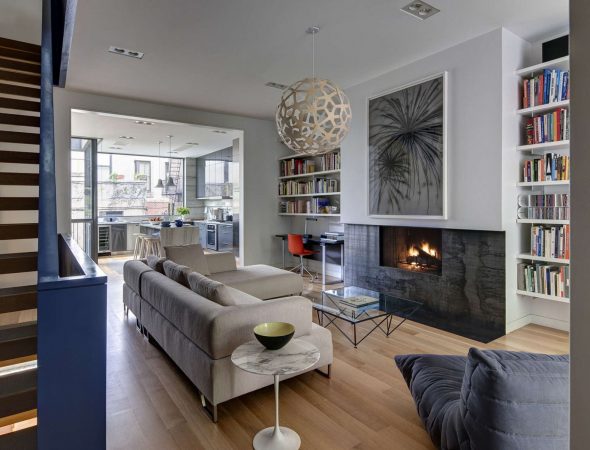
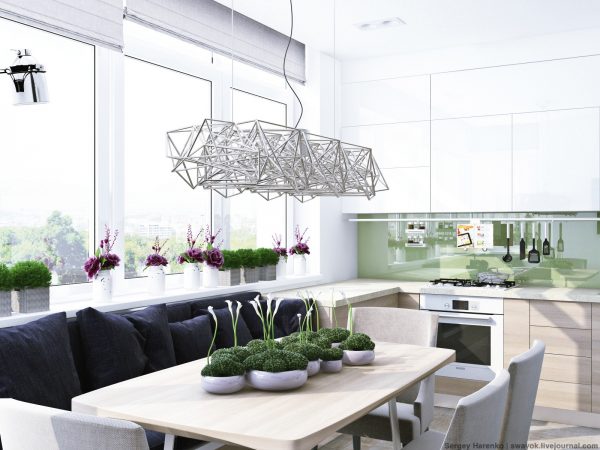
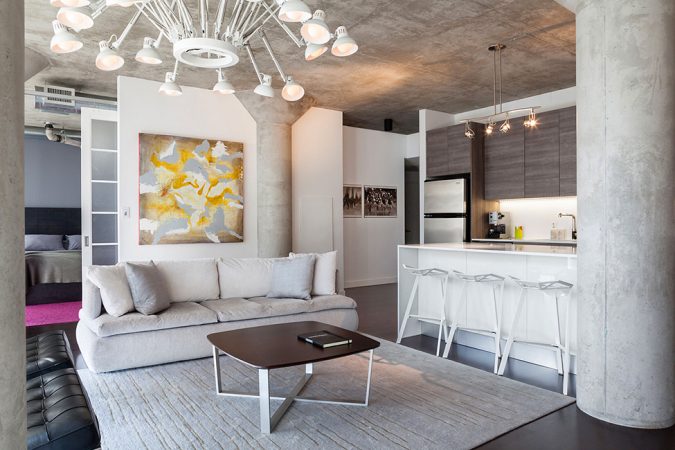
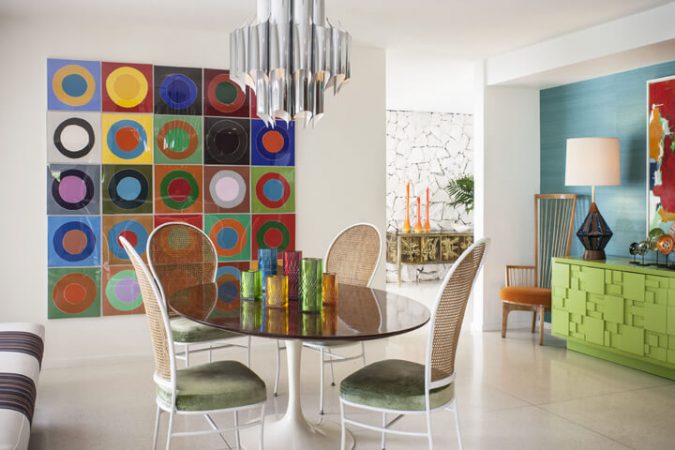
Varying the shape of furnishings gives a room more interest and creates balance.
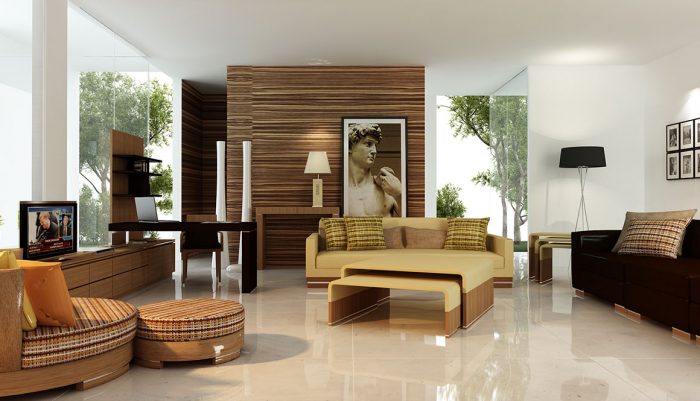
Mid-century modern furniture and interiors demonstrate a strong example of sculptural appeal.
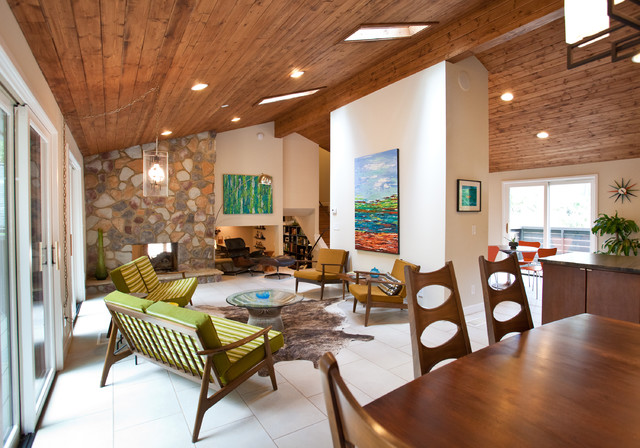
Include a surprising sculptural element in a room, such as a these stunning gold pieces flanking the fireplace.
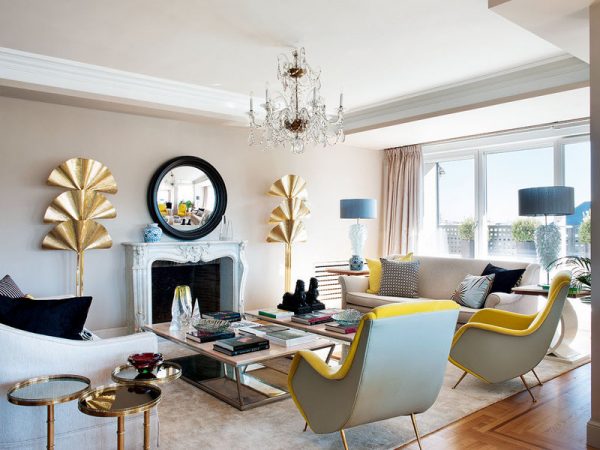
A unique screen of geometric shapes highlights this mid-century room. The yellow pendant lights are also a stand-out sculptural element.
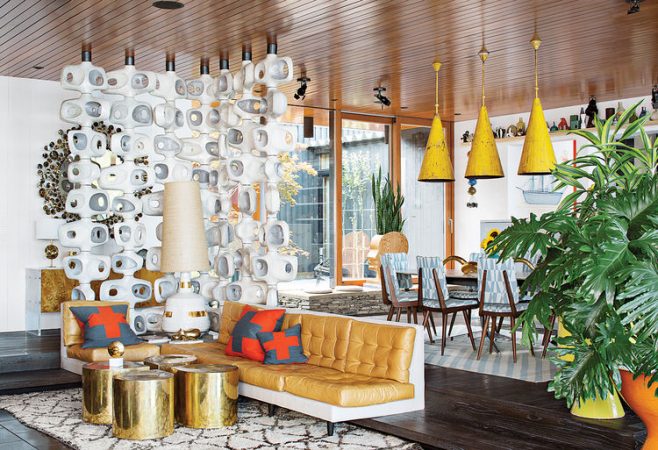
Accessorize with sculptural pieces for an added layer. The furnishings in this room carry a sculptural weight that is balanced with linear shapes and softer curves.
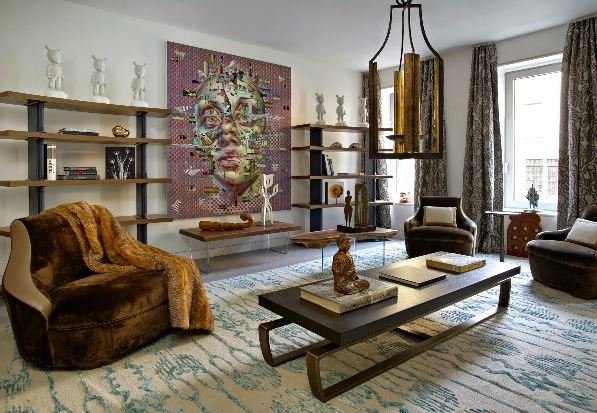
Pieces of sculpture and a unique floor lamp accessorize this room.
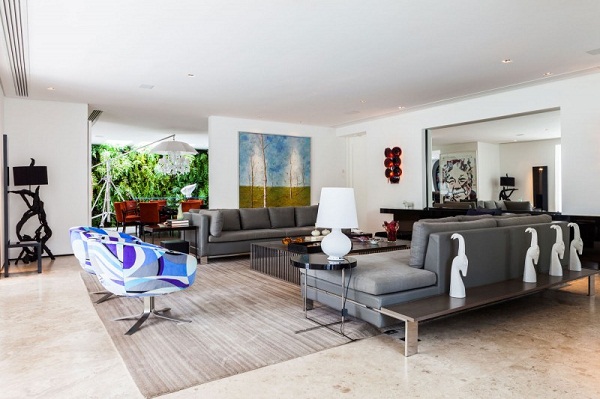
For some homes, the sculptural element is right outside the window. Nature is its own work of art and including that in your interior is as easy as opening up the view.
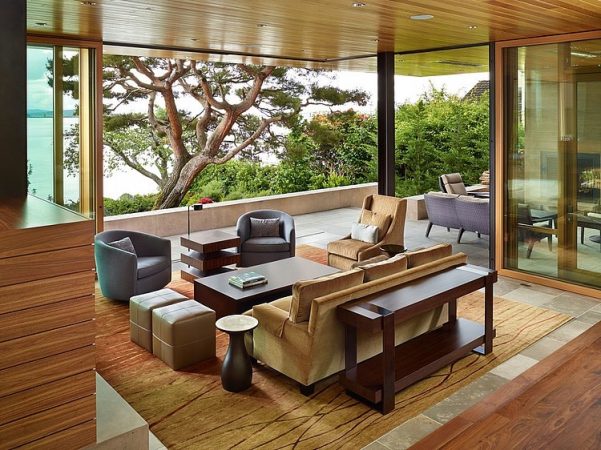
A statement piece of furniture, such as a dining table, brings a strong sculptural element to an interior.
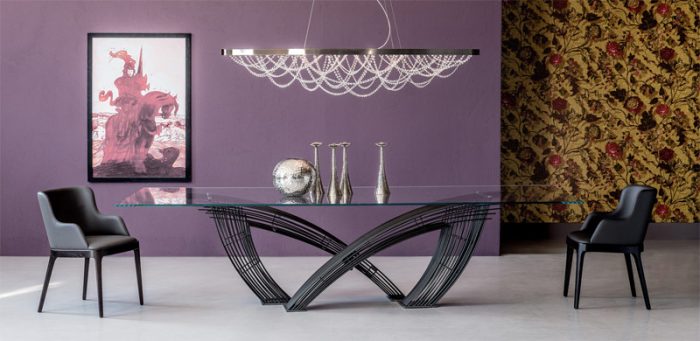
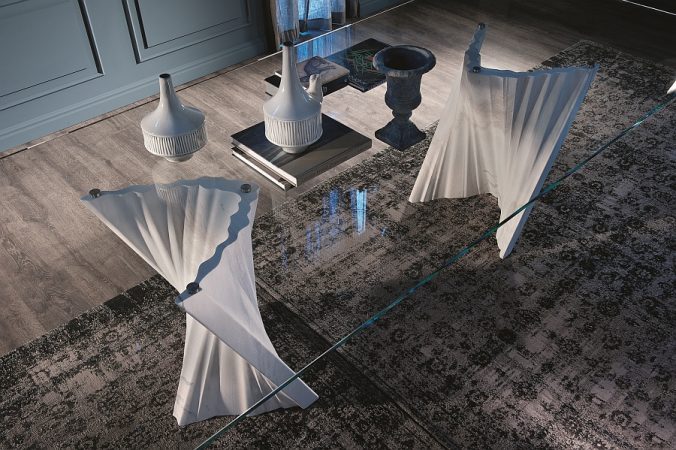
An accent piece, such as a chair or side table, can be added to a space for sculptural interest.
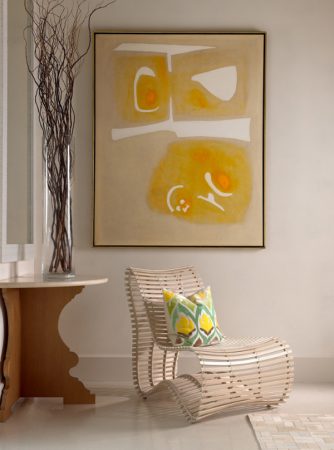
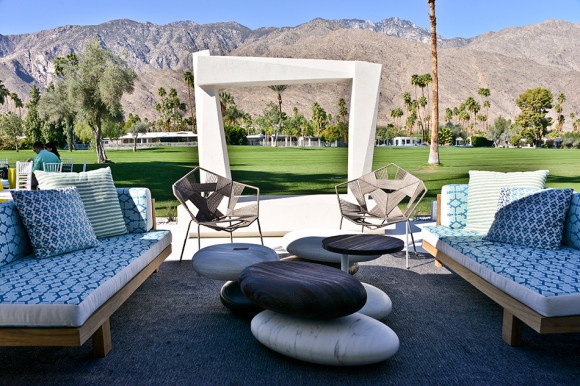
For the very unique modern home, open staircases that are works of art speak clearly of sculptural significance.
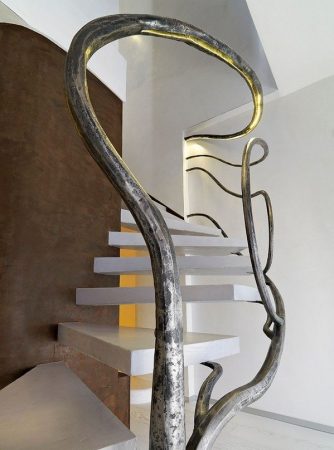
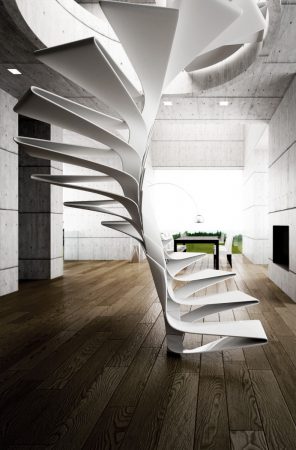
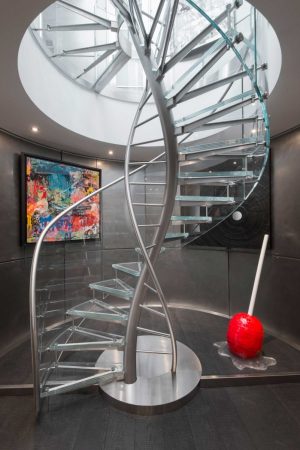
Sculptural elements can be built into the architecture of the home with unique room dividers and ceiling beams.
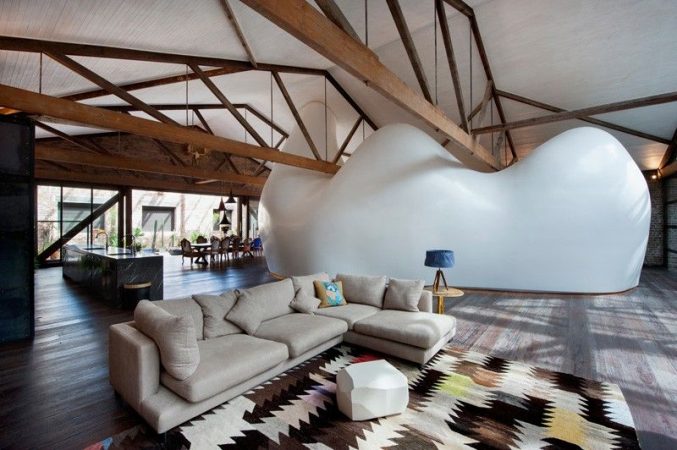
Look around your home and define what stands out to you. Consider its sculptural nature and appeal. For added interest, install a statement light fixture or invest in a piece of significant artwork, functional or otherwise. Adding a sculptural essence to your home may just be easier than it appears.
